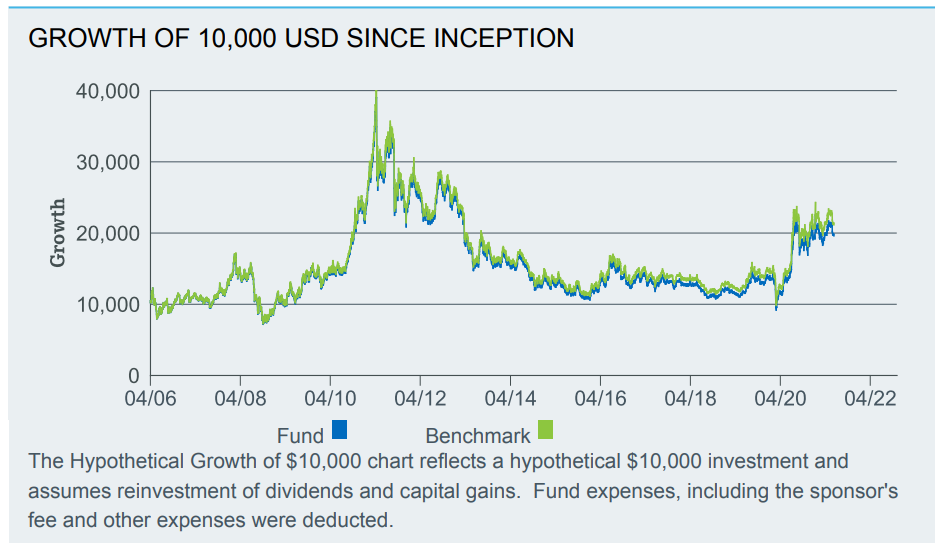Alright folks, let’s cut through the noise. COMEX gold closed down 0.55% yesterday at $3226.8/oz, while SHFE gold saw resistance and fell 0.32% to 760.18 yuan/gram. A bit of a pullback, but don’t panic!

The market’s initial anxiety took a breather after the US government quietly exempted certain electronics from ‘equalizing tariffs’ – phones, laptops, chips, you name it. Trump then threw a wrench in things, hinting at potential auto tariff relief, only to then threaten new levies on chips and pharmaceuticals. Classic Trump, right? The back-and-forth dampened early stock market optimism, leading to intraday dips for the major indices.
However, a key moment occurred when Treasury Secretary Yellen stepped in, calming the bond market with reassurances that foreign investors weren’t ditching US debt. She even suggested increased Treasury buybacks, providing much-needed support. This eased some of the initial risk-off sentiment, and gold predictably hesitated.
But here’s the kicker: this tariff saga is FAR from over. Bullion maintains strong underlying support. Why? Because any serious attempt to reduce the US trade deficit will inevitably mean less dollar liquidity globally. This weakens the dollar’s dominance.
Let’s talk about de-dollarization. The global trend away from the dollar is very real, and in this environment, gold remains a crucial diversifier and safe haven.
Key Insight: Understanding the De-Dollarization Trend
De-dollarization refers to the reduction in the use of the U.S. dollar in international trade, finance, and reserve holdings. Several factors are driving this trend.
Firstly, geopolitical tensions and concerns about U.S. sanctions are pushing countries to seek alternatives.
Secondly, the rise of alternative payment systems, like China’s CIPS, offer viable alternatives to the SWIFT system, historically dominated by the US.
Finally, the sheer size of the US debt and concerns about its long-term sustainability also fuel this shift.
This creates a supportive environment for assets like gold. It functions as a reliable store of value outside of the traditional financial system.






